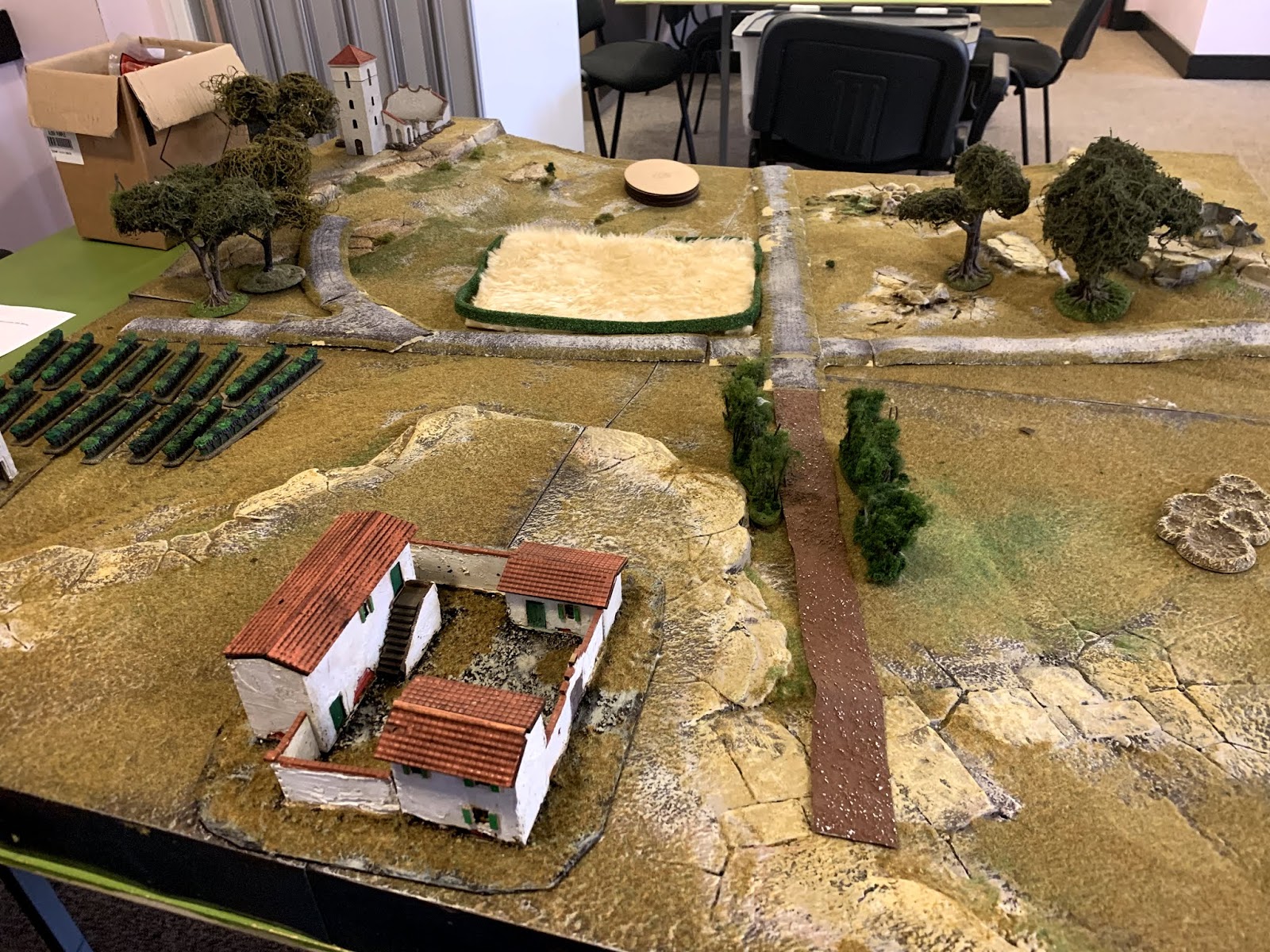IABSM AAR: Villa Santa Anna
/Another great AAR from Mike Whitaker, using a set of terrain boards with which, after Market Larden, I am very familiar!
Set in Italy '44 again. The British (Carl, Rod) are tasked with taking the farm of Santa Anna, a German (Colin) strongpoint. They have a troop of Churchill NA75s, a carrier section and two infantry platoon, as well as a Vickers. Ranged against them are two understrength German platoons, a couple of MG42s, a StuG, and their CO's new pride and joy, an SdKfz 251/10.
Click on the picture of the Villa, below, to see what happened:
You can see more great content on Mike’s blog: Trouble at T’Mill






























